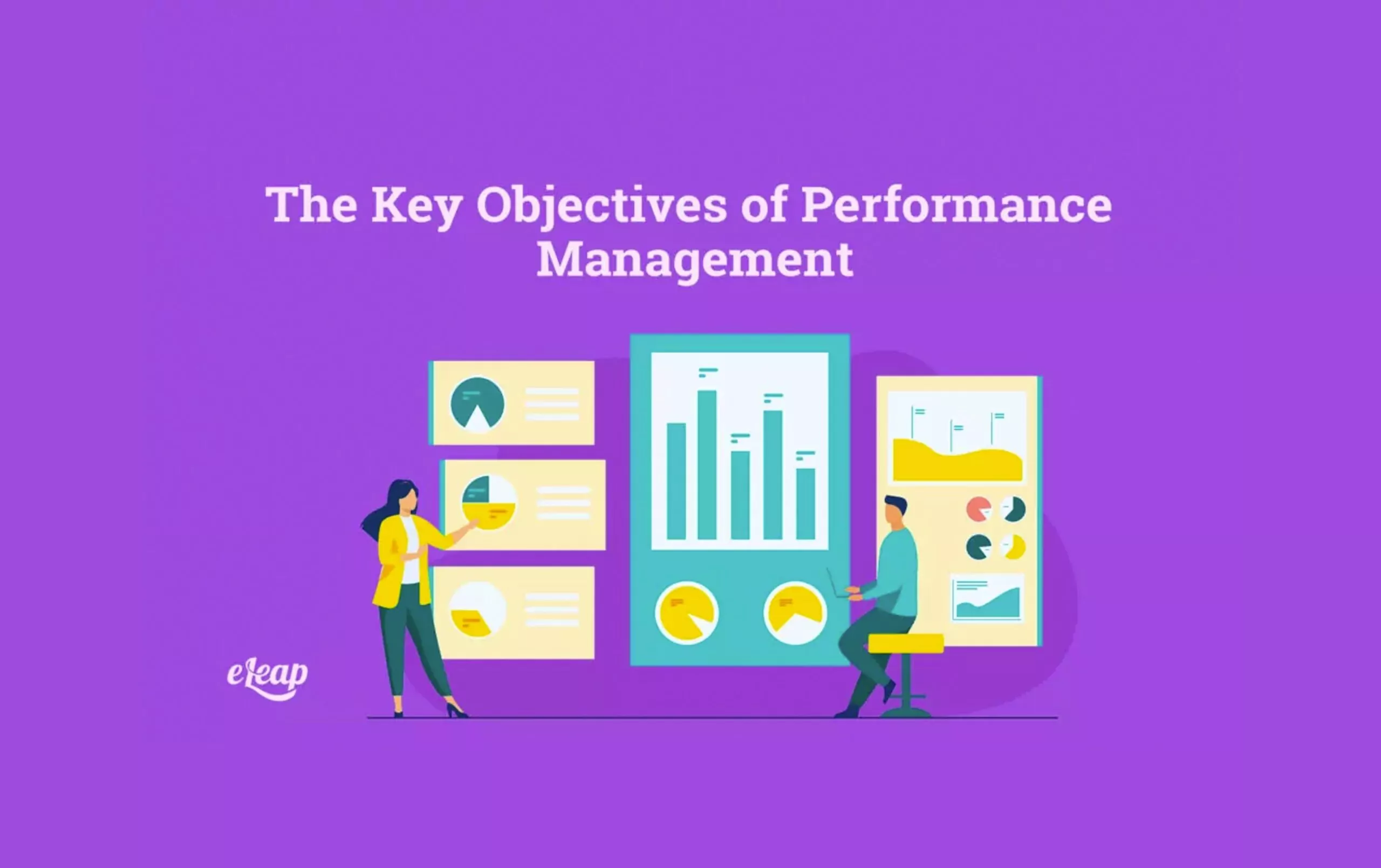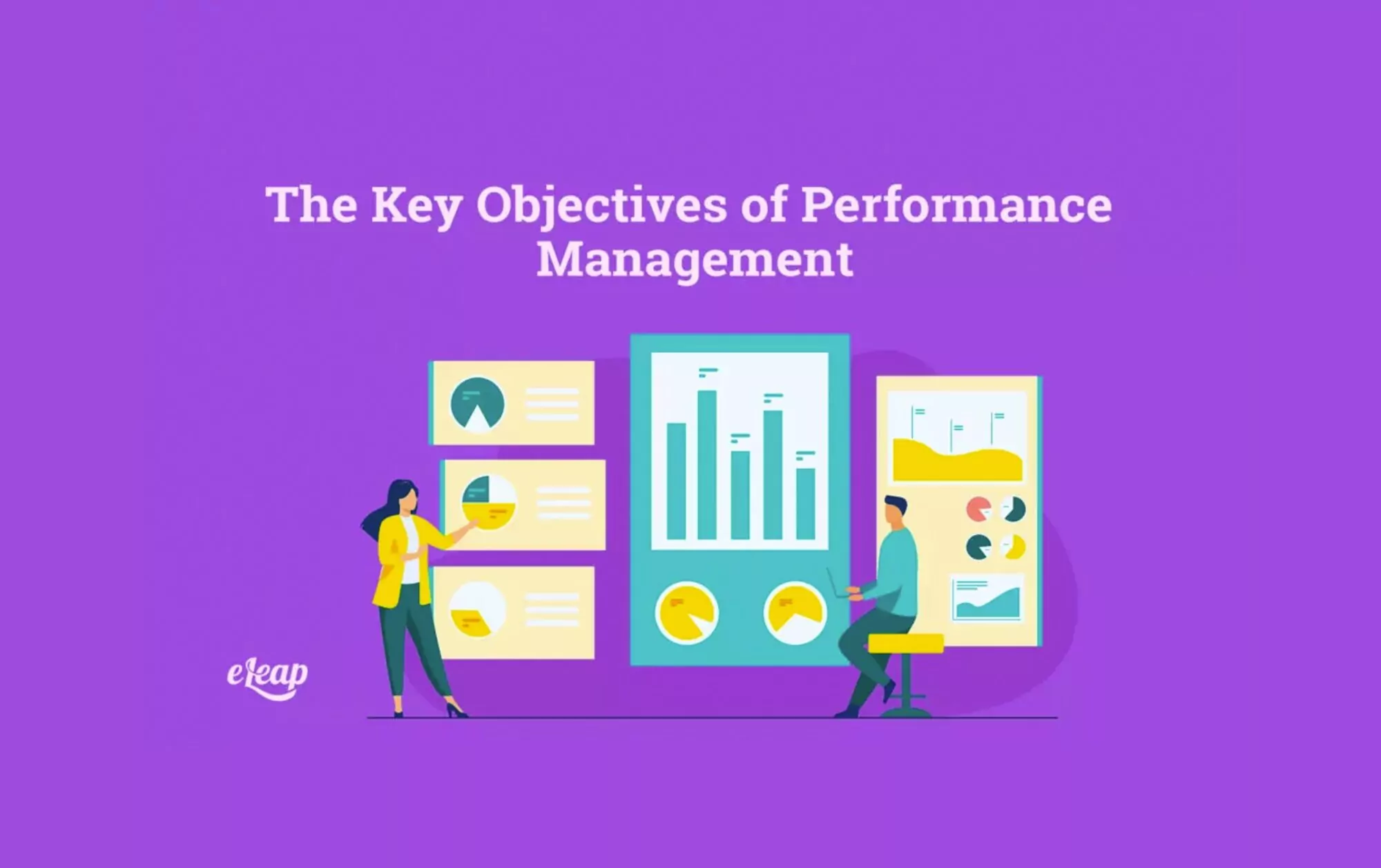The Key Objectives of Performance Management

Annual performance reviews have been the norm for a long time. Traditionally, organizations worldwide, both large and small, conduct annual performance reviews as part of their performance management regime. But recently, many corporations have paved the way in getting rid of the traditional performance review format. In 2012, leading software company Adobe did away with its annual review system, claiming they’re time-consuming and negative. Although they made headlines as an outlier, the company’s decision to forgo performance reviews wasn’t that farfetched. Even though a large majority of companies still utilize annual performance reviews, a huge majority of leaders actually find them to be ineffective.
Adobe implemented a continuous performance management system in place of annual reviews. Employee retention increased, morale improved, and productivity got drastically better. Why? Let’s take a look at some key objectives of performance management that will help you understand why annual reviews might not be the solution to improving employee performance.

Measuring Engagement Levels
It’s no secret that employee engagement is vital to the running of a successful organization, as it’s linked to productivity, retention, and profitability. One of the key objectives of performance management is to gauge employee engagement within your organization. Engagement occurs when an employee feels invested in the company and is motivated to contribute to its goals and overall achievements.
The productivity and overall satisfaction of engaged employees is higher, while absenteeism is significantly lower. The probability of those who are highly engaged being top performers is also twice as high. Similarly, disengaged employees can end up costing your organization huge amounts of money.
A well-run organization uses performance management techniques to ensure both company goals are met as well as that employee motivation and engagement remain high. Since Adobe implemented its reduction of annual performance reviews, they have seen a 30% decrease in employee turnover rates.
Of course, doing away with annual reviews doesn’t mean that check-ins never occur. Quite the opposite. It’s recommended that check-ins are implemented at least once a quarter. Regularly touching base with your workforce allows for real-time problem-solving and higher engagement levels, rather than waiting for that much-dreaded annual review that never seems to produce any results.
Understanding Your Team’s Capacity
In performance management, one of the objectives that’s all too often overlooked is that it gives leaders the ability to determine the capacity employees have to spend on particular projects. It’s important to stay informed about employee capacity in order to keep your workforce happy, engaged, and productive and to ensure the smooth operation of your organization.
In fact, it’s common for the majority of employees to feel overworked but unsure how to inform their leaders that they’re feeling the pressure. Burnout can easily occur among teams, especially if the scope of their responsibilities grows too large and unmanageable. Overworking can also lead to health problems related to stress and anxiety, which are emotionally exhausting.
The negative impact of failure to determine employee capacity can quickly be felt throughout an organization. Overwork leads to lower productivity and profitability, as well as reduced access to talent. But there are also dangers in underworking employees. It’s likely that team members who feel as though they aren’t given enough to do might feel underappreciated, bored, and unsatisfied with their jobs. But beware of simply piling on additional work. A career-development plan and additional training is a much more beneficial way of ensuring underworked employees don’t feel like their talents are wasted.
The key takeaway here is that proper performance management is necessary for leaders to determine whether employees feel satisfied with their workload. Regular communication between leaders and employees is key to managing employee capacity. Instead of annual reviews, regular “check-ins” with managers can be hugely helpful in ensuring you stay up to date on employee performance and capacity and can assign work more efficiently.
Improving Feedback Loops
Focus on feedback is critical when it comes to performance management. Without a culture that inspires and emphasizes feedback, it’s likely you will quickly lose the engagement of your workforce. In terms of performance management, two-way communication among team members at all levels within an organization is one of the essential objectives. It’s simply not enough to have annual meetings or occasional discussions.
Frankly, performance reviews aren’t an accurate gauge of how an employee is actually performing. A review every year or even occasionally certainly does not equal continuous feedback. The culture of feedback becomes timely and actionable when employees and supervisors communicate consistently. Communication is crucial to the success of any organization, but unfortunately, far too many employees think their own organizations fall short in this area.
Regular check-ins and ongoing dialogue between leaders and employees can result in a dramatic improvement in efficiency and productivity, stronger performance management, and higher employee engagement and retention. It goes without saying that annual performance reviews simply don’t cut it when it comes to fostering open, healthy lines of communication between leaders and team members.
If check-ins are conducted with regularity, it gives the perfect opportunity for managers and employees to discuss critical issues, such as project process, goals, development, and potential opportunities.
It goes without saying that profitability is critical for an organization. But your employees are your most valuable asset, and without them performing to the best of their abilities, high levels of profitability are out the window. Performance management that goes above and beyond the dreaded annual review is key to encouraging employees to perform to a high standard.
Good performance management requires a commitment to measuring employee engagement, understanding employee capacity, and improving feedback loops. These are all people-first practices because taking care of your employees is a key attribute in ensuring your organization runs as smoothly as possible. It’s critical that emphasis is put on developing a performance management system that’s beneficial to both leaders and employees alike.